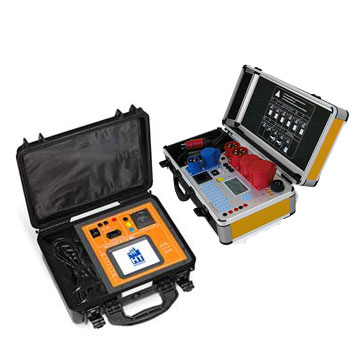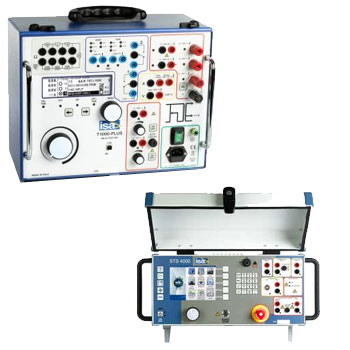
On Bourdon tube pressure gauges, continuous vibrations can have serious consequences, from pointer fluttering to damage to the measuring system to total failure. To minimize this, the manometer housing is filled with a liquid or a silicon-damped pointer is used.
What are the advantages of cushioning?
Pressure gauges with a damping allow measured values to be read. The pointer fluttering in strong vibrations is prevented. In the event of resonance, deflection angles of more than 180° can occur, making it impossible to read off correct measured values.
Furthermore, a pressure gauge filled with a liquid can reduce wear and prevent the glass from fogging up at low temperatures.
How does a silicone-damped movement work?
With this design, the pointer pinion can move in a container with high-viscosity silicone oil, whereby the pointer works without vibration.
What are the possible disadvantages of a silicone-damped movement?
Due to the damping, other moving elements of the manometer are slowed down. This leads to higher wear.
How does the pressure gauge work with liquid?
The manometer housing is filled with a liquid, either a glycerin-water mixture or silicone oil. In order to avoid leakage due to the expansion of the liquid due to various ambient temperatures and humidity, the housing is only filled to 80 - 90%.
The case filling dampens the vibrations and prevents the hands from fluttering. At the same time, the liquid acts as a lubricant for the pressure gauge, which increases the longevity of the device.
When is the glycerin-water mixture used and when is the silicone oil used?
The glycerin-water mixture is the most commonly used. It is largely sufficient for most applications and temperatures.
Silicone oil, on the other hand, is used at temperatures from -20 to +60.
What are the disadvantages of a pressure gauge with liquid damping?
One argument is the possibility of a leak. However, this is minimized by the filling quantity of 80 - 90%. Such a filling allows expansion through various temperatures and humidity.
A comparison of attenuation (a laboratory test by WIKA)
|
Type of cushioning |
Zero drift after 50 hours |
Zero drift after 200 hours |
Device Health |
|
Hands dampened |
2.3% |
66% |
Not functional |
|
Unfilled |
2.3% |
3% |
Partially functional |
|
Liquid filled |
0.6% |
0.8% |
Fully functional |
Conclusion
A pressure gauge filled with liquid is definitely the right choice when it comes to being able to reliably read measurement data and slowing down wear. This option is strongly recommended for use where vibrations, shocks and pressure peaks are encountered.
- Vibration- and shock-resistant
- Especially robust design
- NS 63 [2 ½"] and 100 [4"] with DNV GL approval
- Scale ranges from 0 … 0.6 to 0 … 1,000 bar [0 ... 10 to 0 ... 15,000 psi]
 Datasheet Datasheet
|
 User Manual User Manual
|
- Very good vibration and shock resistance
- Especially robust design
- Type approval for the shipbuilding industry
- Scale ranges to 0 ... 1,000 bar or 0 ... 15,000 psi
 Datenblatt Datenblatt
|
 Bedienungsanleitung Bedienungsanleitung
|
- POLARgauge® - special instrument design for extremely low ambient temperatures down to -70 °C [-94 °F]
- Ingress protection IP66 and IP67
- Completely from stainless steel
- Measuring ranges from 0 ... 0.6 to 0 ... 1,000 bar [0 ... 10 to 0 ... 15,000 psi]
- Case also available in safety level “S3” per EN 837-1

 Datasheet Datasheet |
 User Manual User Manual
|














































































































































































